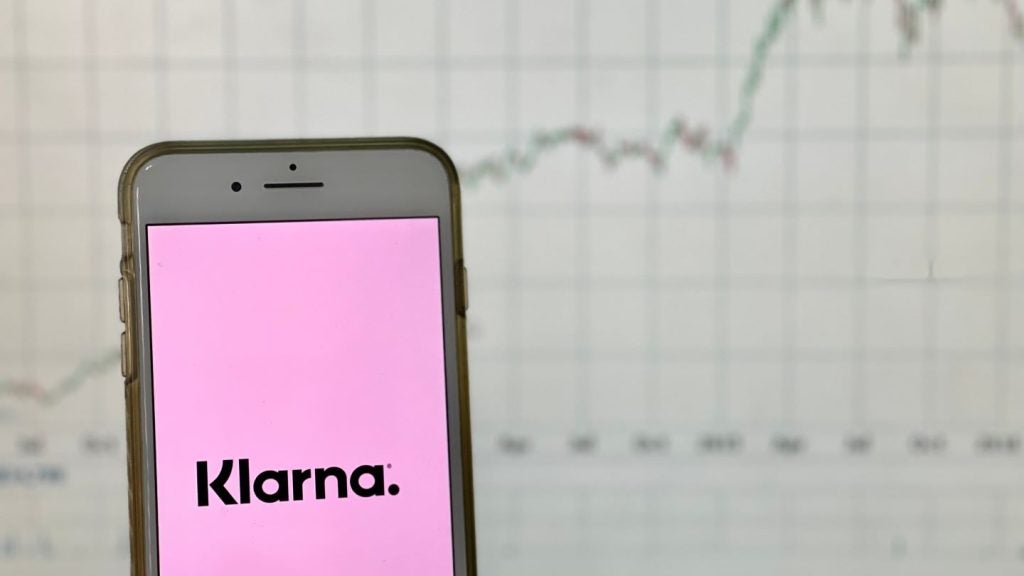
The e-commerce market in New Zealand is projected to experience a compound annual growth rate (CAGR) of 7.1% between 2024 and 2028 to reach NZD17.6bn ($10.8bn) in 2028, driven by the ongoing shift in consumer preference from offline to online shopping, reveals GlobalData, publisher of EPI.
GlobalData’s E-Commerce Analytics reveals that e-commerce market in New Zealand grew by 12.3% in 2023 to reach NZD12.1bn ($7.5bn), as consumers increasingly preferred online purchases.
Shivani Gupta, Senior Banking and Payments Analyst at GlobalData, comments: “The e-commerce market in New Zealand is well-developed, supported by the country’s robust technology infrastructure, which ensures the availability of high-speed internet as well as a strong supply of tech-savvy customers, and the availability of secure online payment solutions. Furthermore, attractive offers during key online shopping events such as Black Friday, Singles’ Day, Click Frenzy, and Cyber Monday have contributed significantly to the e-commerce growth.”
To capitalise from the growing e-commerce market, international brands are venturing into New Zealand
For instance, in May 2024, Spanish company Mango launched its e-commerce site in New Zealand. Similarly, in March 2024, American cloth brand ‘American Apparel’ launched its e-commerce platform in New Zealand.
E-commerce companies are also using innovative channels such as live streaming to reach out to larger customer base. In May 2023, NZ Herald, in partnership with The Warehouse Group, launched online shopping channel “The Selection Live Shopping.” Such initiatives are aimed to further boost e-commerce purchases in the country.
Payment cards lead the e-commerce space with a combined market share of 57% in 2023, according to GlobalData’s 2023 Financial Services Consumer Survey. Among the card types, credit and charge cards are highly favoured, alone accounting for a 36.6% share. This is due to the value-added benefits, including interest-free instalment payment options, reward programs, cashback, and discounts associated with these cards.
How well do you really know your competitors?
Access the most comprehensive Company Profiles on the market, powered by GlobalData. Save hours of research. Gain competitive edge.

Thank you!
Your download email will arrive shortly
Not ready to buy yet? Download a free sample
We are confident about the unique quality of our Company Profiles. However, we want you to make the most beneficial decision for your business, so we offer a free sample that you can download by submitting the below form
By GlobalDataAlternative payment tools are gradually gaining popularity and are the second most preferred payment method for e-commerce payments. This can be attributed to the security, convenience, and comfort associated with this payment method. Alternative payments collectively accounted for a 23.2% share in 2023, with some of the popular brands being Afterpay, Apple Pay, and PayPal.
Meanwhile, bank transfers are also used for e-commerce payments, with most banks providing online banking services for e-commerce payments. Cash accounted for a share of just 3%, reflecting the strong use of electronic payment methods in the country.
Gupta concludes: “New Zealand will continue to witness steady growth in e-commerce sales and will register a growth rate of 10.1% in 2024 to reach NZD13.4bn ($8.2bn). Though alternative payments are gradually displacing cash and other traditional payment methods, they still have a long way to go before they can challenge the dominance of payment cards.”







